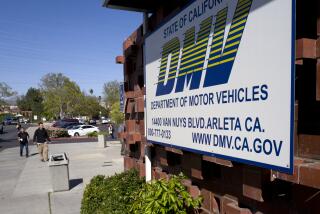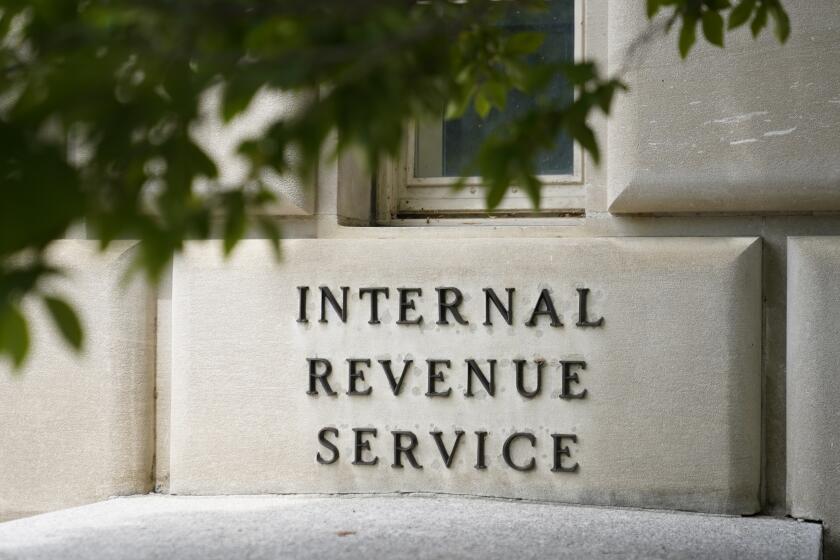Fewer tech-savvy teens are driving
- Share via
Teenagers talking about speeding these days are more likely to be referring to their phone and Internet connections than cars.
The more time young people spend connecting through texting, email, Facebook and other social media sites, the less interest they have in driving, according to researchers at the University of Michigan Transportation Research Institute.
“We found that the percentage of young drivers was inversely related to the proportion of Internet users. Virtual contact, through electronic means, reduces the need for actual contact,” said Michael Sivak, a professor at the institute.
In 1983, a time before smartphones and when teens hung out at the mall, 69% of 17-year-olds had a driver’s license. But just 46% of that age group had a license in 2010. Driver’s license rates for 18- and 19-year-olds also have plunged over the same time period.
A smaller percentage of teen drivers could slow auto sales growth.
The licensing rate reduction persists all the way through people in their 30s, Sivak said, “Consequently, there are fewer potential buyers of vehicles in a major segment of the buying population,” he said.
Other issues are probably contributing to the decline in license rates for younger people.
“The current economic downturn makes it more difficult for young persons to own a vehicle because of the initial expense, maintenance, gas and insurance,” Sivak said.
Moreover, young people are moving in increasing numbers to large cities such as San Francisco and New York, which have good public transportation systems and make cars less of a necessity.
Sivak also believes that younger people are more likely than older age groups to be concerned about the environment. Consequently, they may be forgoing automobiles partly because of their environmental outlook.
More to Read
Inside the business of entertainment
The Wide Shot brings you news, analysis and insights on everything from streaming wars to production — and what it all means for the future.
You may occasionally receive promotional content from the Los Angeles Times.











